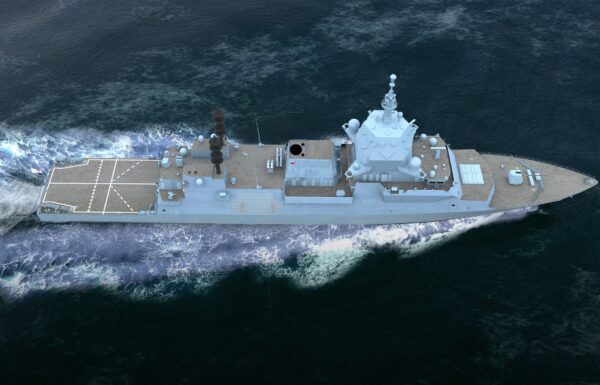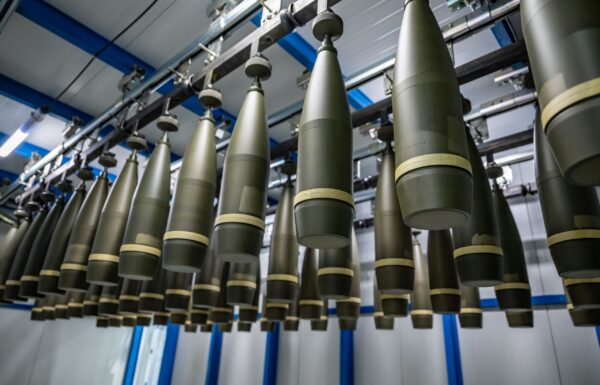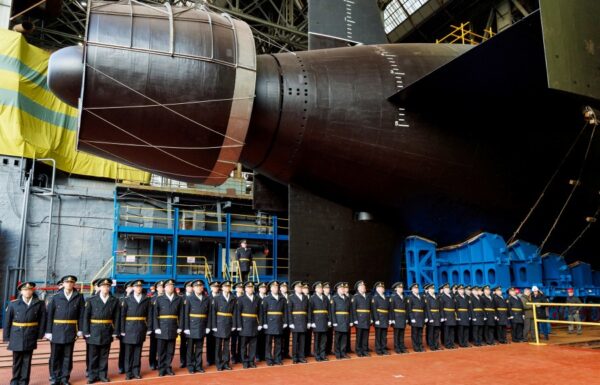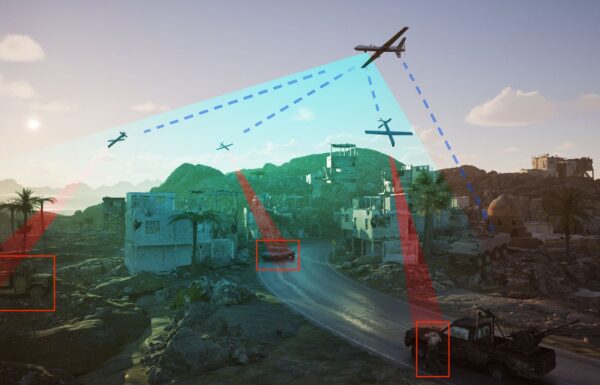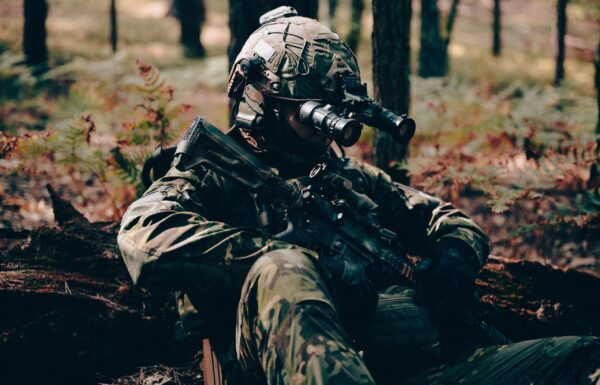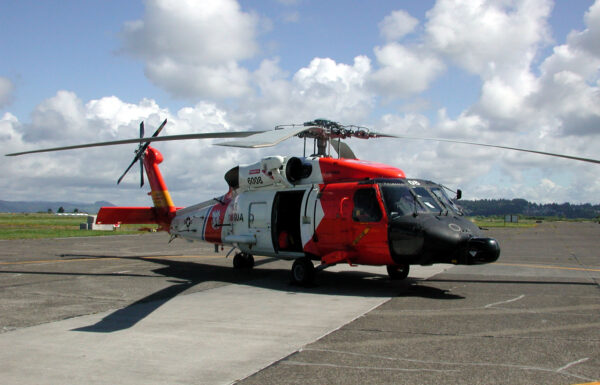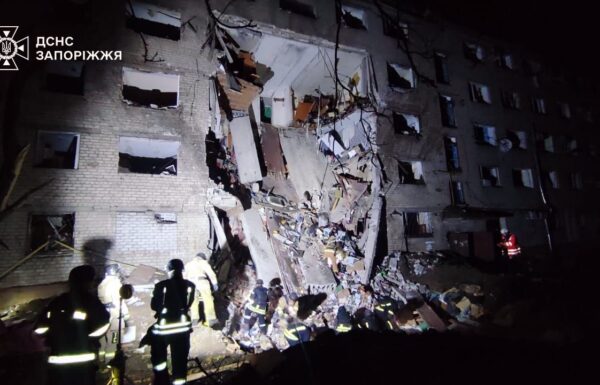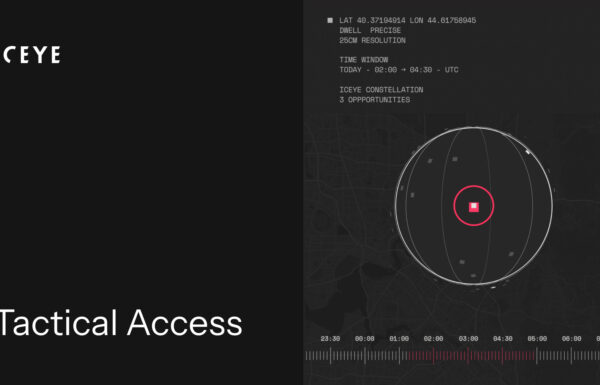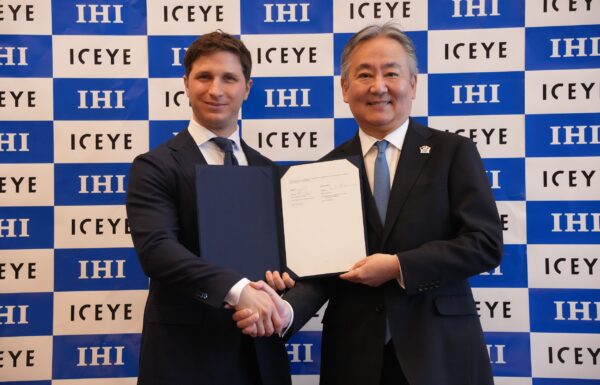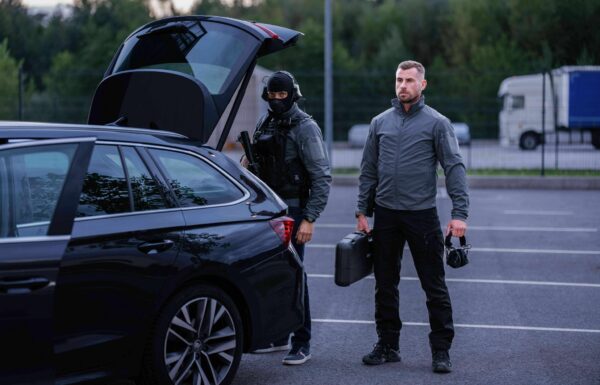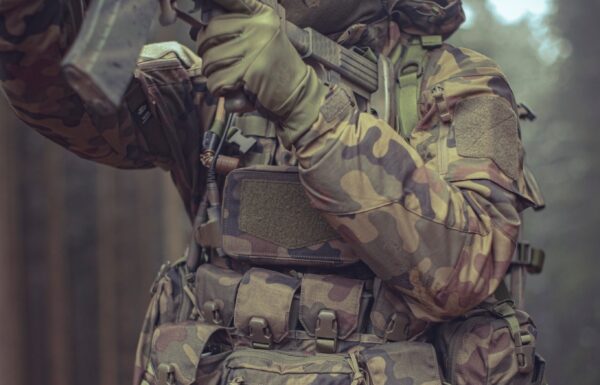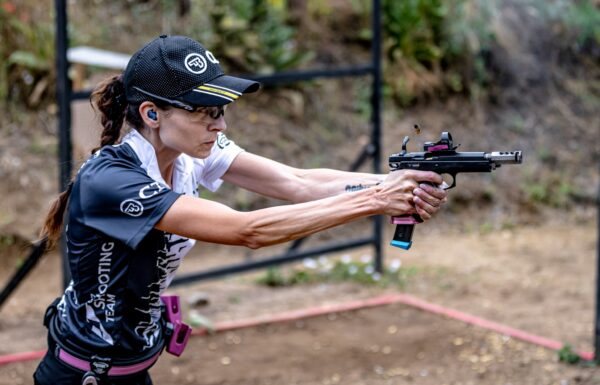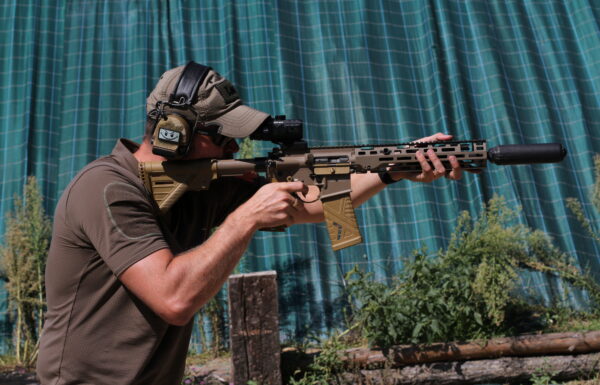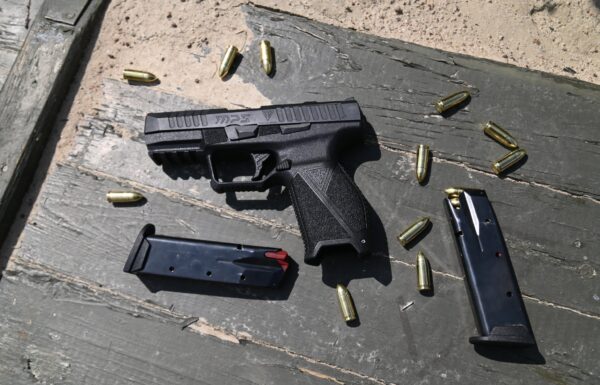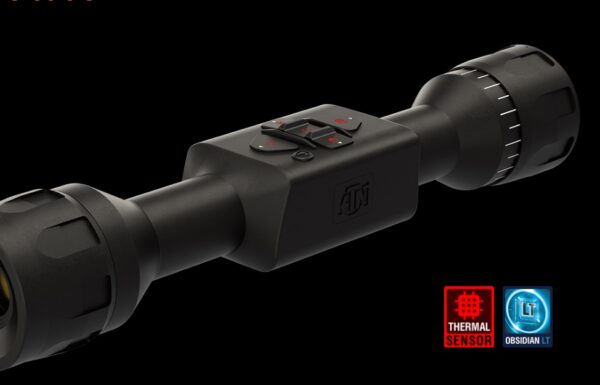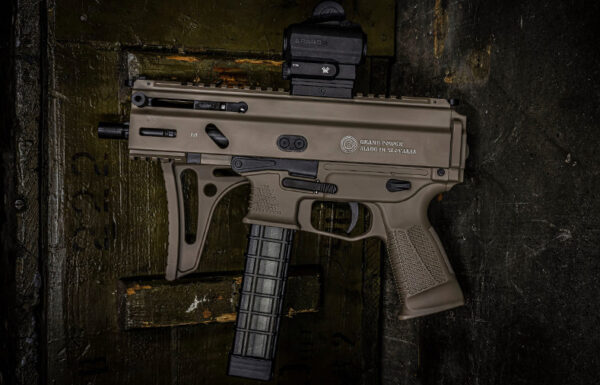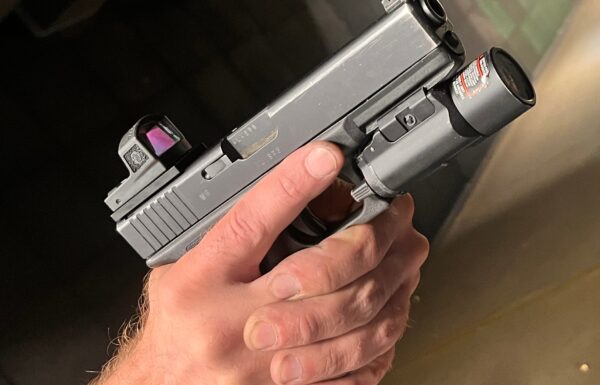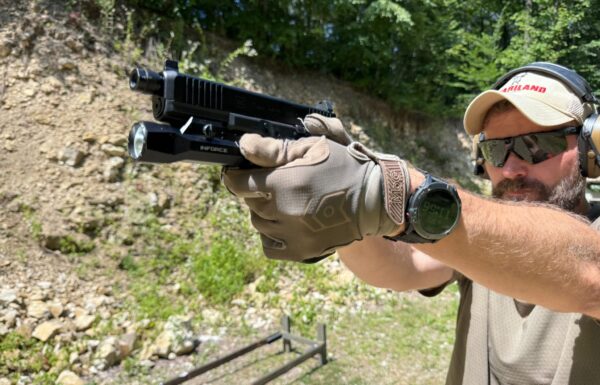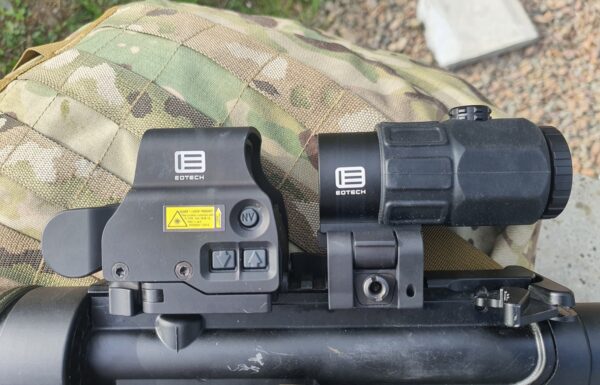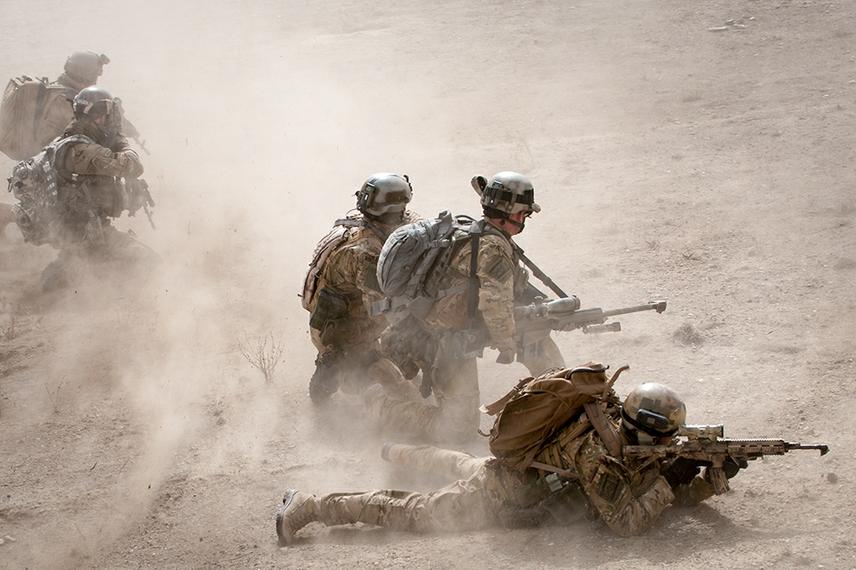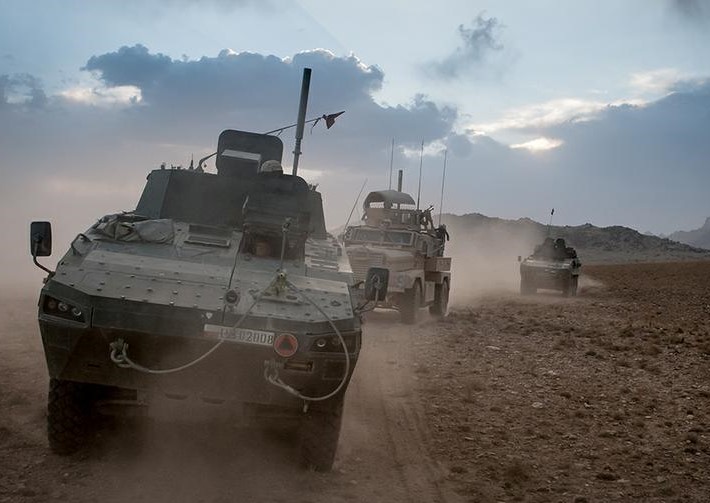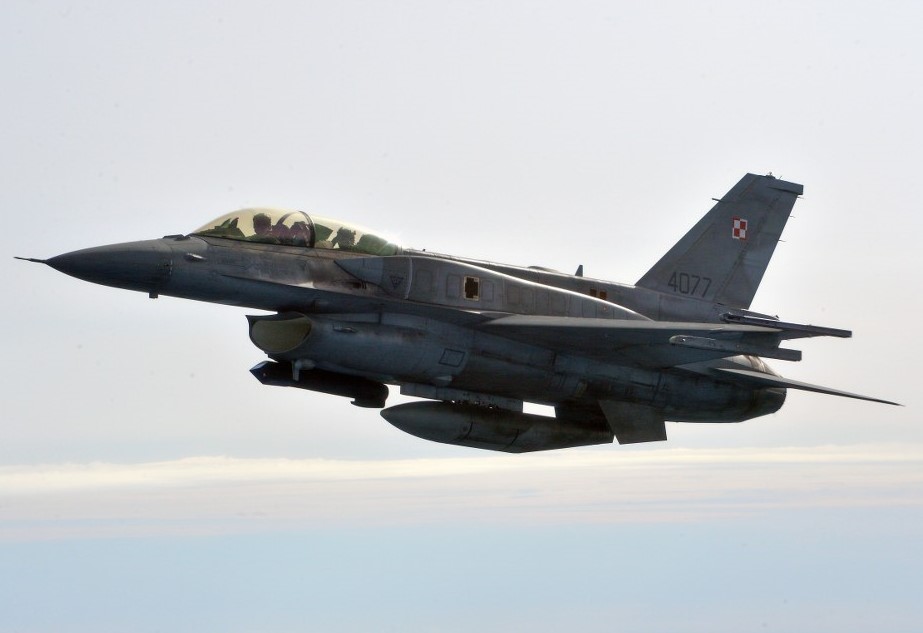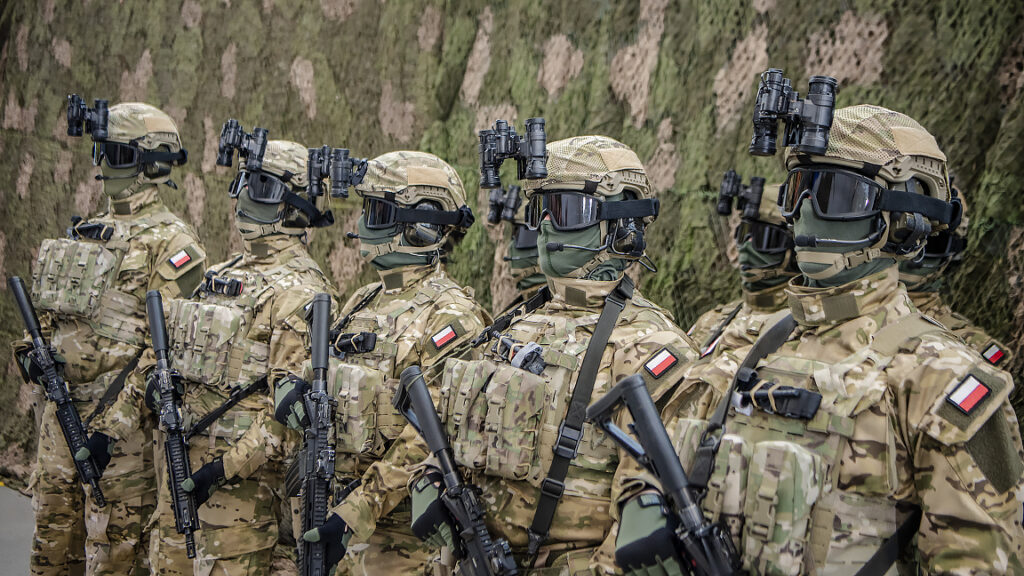Accession to defense structures of the ‘Western world’ was challenging for the Polish Armed Forces, which for the past several dozen years were shaped in accordance with Soviet standards. At the end of 1990’, the Polish Army was based on conscript soldiers, which created a number of difficulties in setting up rules and procedures for cooperation with professional armies of the North Atlantic community. While a handful of Polish Army’s units were familiar with the requirements of cooperation with foreign partners on the international scale, thanks to their involvement in the past in UN’s peacekeeping missions all around the World, an overall ‘quality revolution’ had to be conducted in order to prepare the Polish Armed Forces as a whole to meet the future challenges.
Structural transformation
Author: Polish MoD
In the 1990’ Poland was undergoing an overall transformation from Eastern to Western standards, which affected all aspects of the state government and the life of its citizens. The Armed Forces were no stranger to this transition, as the budget of the Ministry of Defence (MoD) was severely affected by overall cuts, leading to a number of difficulties in modernizing and reforming the military structure.
One of the biggest milestones in the process of transition of the Polish Armed Forces was achieved, when conscription was abolished and the nature of the Army was based on voluntary service, just like in most of the other NATO member states. By that time it became clear that enrolled members of the armed forces did not provide the same quality of service and efficiency on the battlefield as professional soldiers.
Despite all of these difficulties, Poland continued the efforts to modernize its Armed Forces on strategic and tactical levels. A big focus was put on enhancing capabilities of cooperation with Western allies during expeditionary operations, which led to sending Polish troops to a number of peacekeeping or peace enforcing missions in Latin America, the Balkans, Afghanistan and the Middle East, launched under the auspices of international organizations like NATO or UN.
Author: Polish MoD
Involvement in expeditionary, multinational operations required from Polish soldiers gaining a number of new skills, which were decisive in order to establish efficient methods of cooperation with Western partners. This included communicating with allied forces in English language on a daily basis or adjustment to certain procedures standardized throughout the Alliance. Each year, more and more Polish soldiers went through training and education courses, which helped them to better adapt to Western military standards and meet the requirements of cooperation within NATO structures.
New standards and technical modernization of inventory
Along with training and improving skills of soldiers and officers, Poland had also to make significant investments in modernization of its military equipment, dominated by legacy, Soviet-era weapon systems. Although this situation related to all branches of the Armed Forces, the biggest pressure was put on the technical transformation of the Air and Land forces, which had to start the process of phasing out obsolete equipment and replacing it with modern, Western-designed systems, like F-16C/D Block 52+ multirole fighter aircraft, which Poland acquired in the 2000’ in place of legacy MiG-21 fighters. The process of technical modernization of Poland’s combat aircraft fleet will be continued in the coming years, as the country plans to start gradual phase out of legacy Su-22 bombers/fighters and MiG-29 fighters, and replace them with several dozen of F-35A Lightning II multirole fighter jets.
Author: mjr R.Siemaszko, Polish MoD
Today, the main structure of the Polish Armed Forces is composed by a mix of Western and Soviet equipment, with the latter planned to be phased out in the coming years. For example, the Polish Army operates modern Leopard 2A4/A5 main battle tanks, as well as Rosomak/Patria AMV 8×8 wheeled armoured vehicles, but at the same time desperately looks for replacement of its fleet of several thousand legacy tracked infantry fighting vehicles or new tank destroyers.
The Air Force, although it was the biggest beneficiary of the overall modernization programme, still requires much investment in its inventory, as legacy, Soviet-era combat aircraft cannot any more fulfill the requirements of the modern battlefield, and their further use is becoming hazardous due to worsening technical condition and obsolescence of onboard equipment.
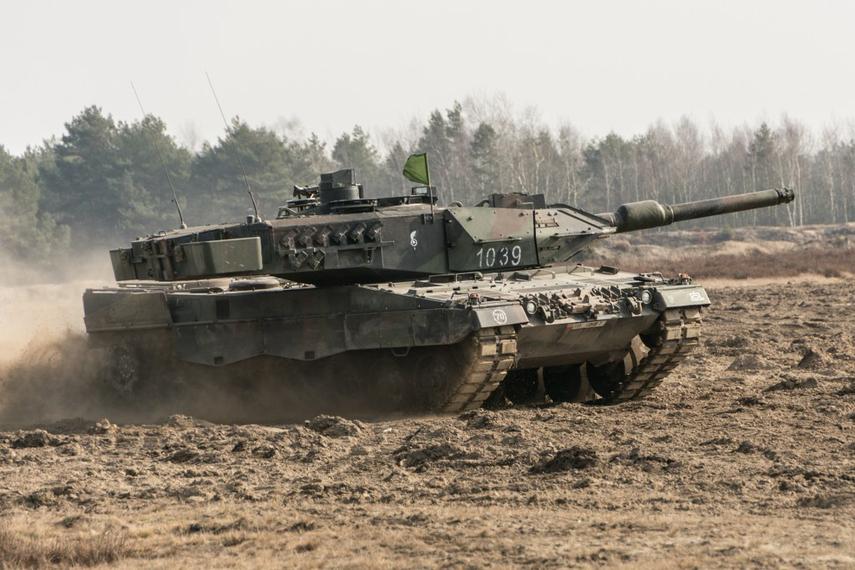
Author: chor. R. Mniedło, Polish MoD
Perhaps the Polish Navy is the only branch of the Armed Forces, which seems to be left out in the transformation process, as most of its combat fleet is based on obsolete, Soviet-era designed platforms, with the exception of two Oliver Hazard Perry-class frigates acquired from USA and a number of ex-Norwegian Kobben-class diesel-electric submarines, both of which were designed during the Cold War.
SOF, Poland’s new speciality within NATO
The Polish Special Forces branch is a different case, as from the very beginning, it was formed, based on the advice and expertise of British and U.S. allies. Over the years, soldiers of the Polish SOF took part in a number of military operations all around the World, proving their efficiency, skills and professionalism during missions in Haiti, the Balkans, Afghanistan and the Persian Gulf.
Over time, special forces operations became Poland’s speciality, with five operational detachments JW Grom, JW Komandosow, JW Formoza, JW AGAT and JW NIL, serving in the country and abroad along with partners from other NATO member states. More and more often Polish SOF operatives are being tasked with planning and coordination of combat operations conducted by multinational task forces in NATO’s area of responsibility.
Author: por. Robert Suchy, Polish MoD
The overall assessment of Poland’s 20 years of NATO membership should be conducted on several grounds. From the political point of view, accession to the North Atlantic Treaty Organization was a significant shift from Eastern to Western political block, allowing for the country to transform into a modern, Western-style democracy.
In case of the military, by joining NATO Poland gained access to proven, Western standards and procedures, which it could implement, significantly enhancing operational capabilities of its armed forces and strengthening country’ security. Polish Armed Forces could train and improve their skills in partnership with Western allies and commence a gradual transformation of its inventory, acquiring a number of highly capable weapon systems, which it lacked so far.
Article previously published on MILMAG 02/2019


